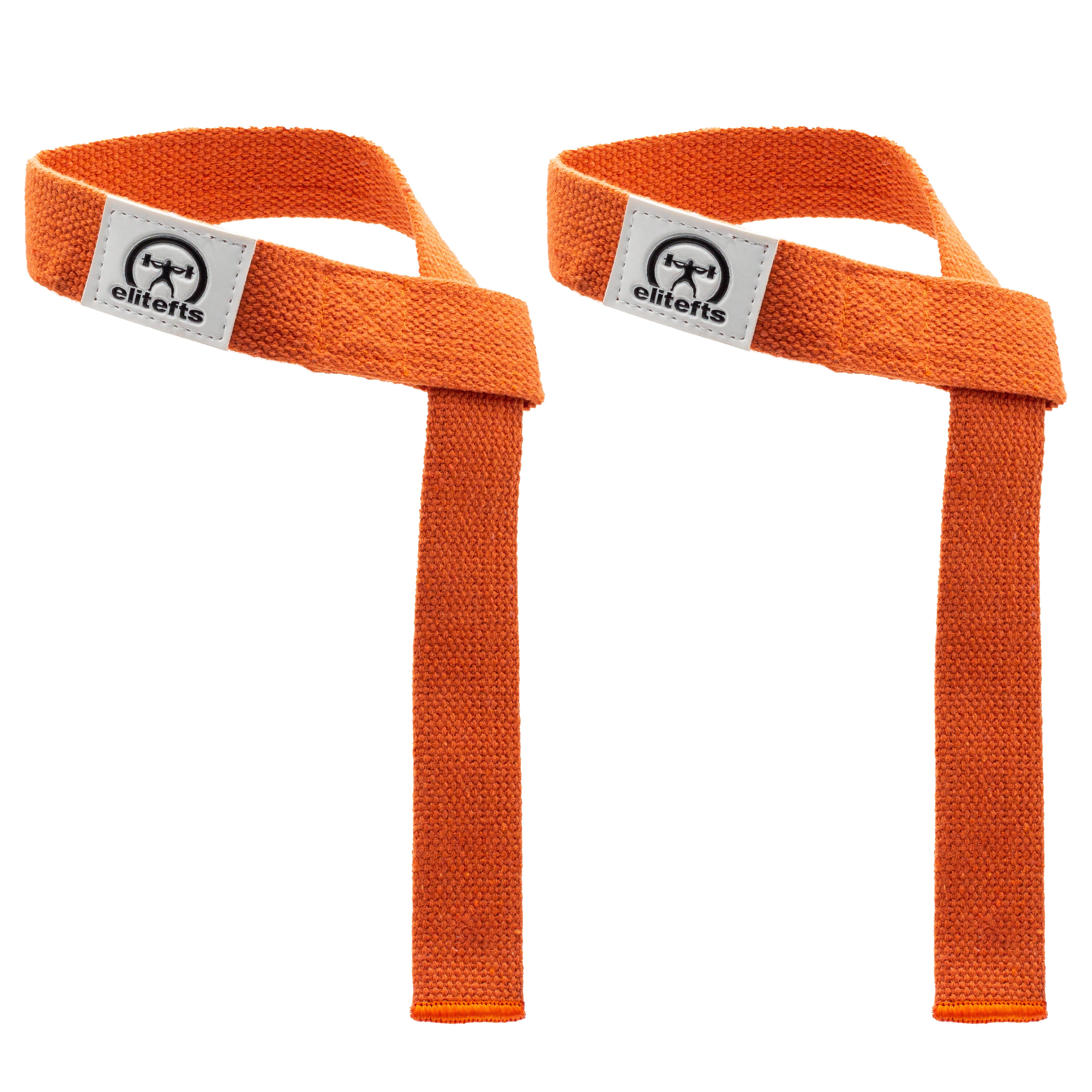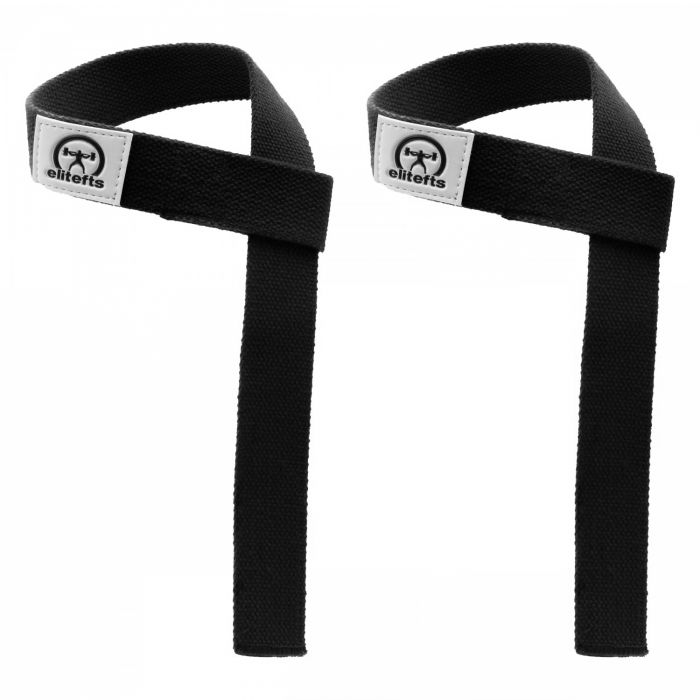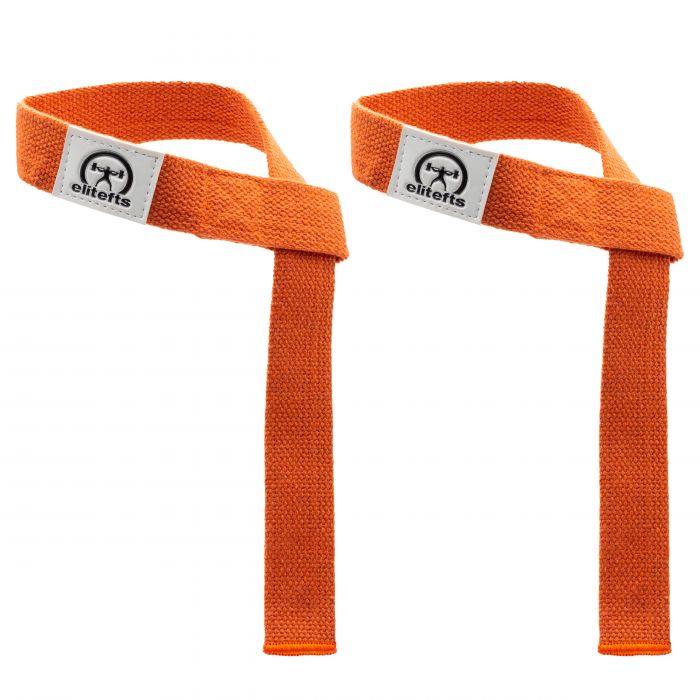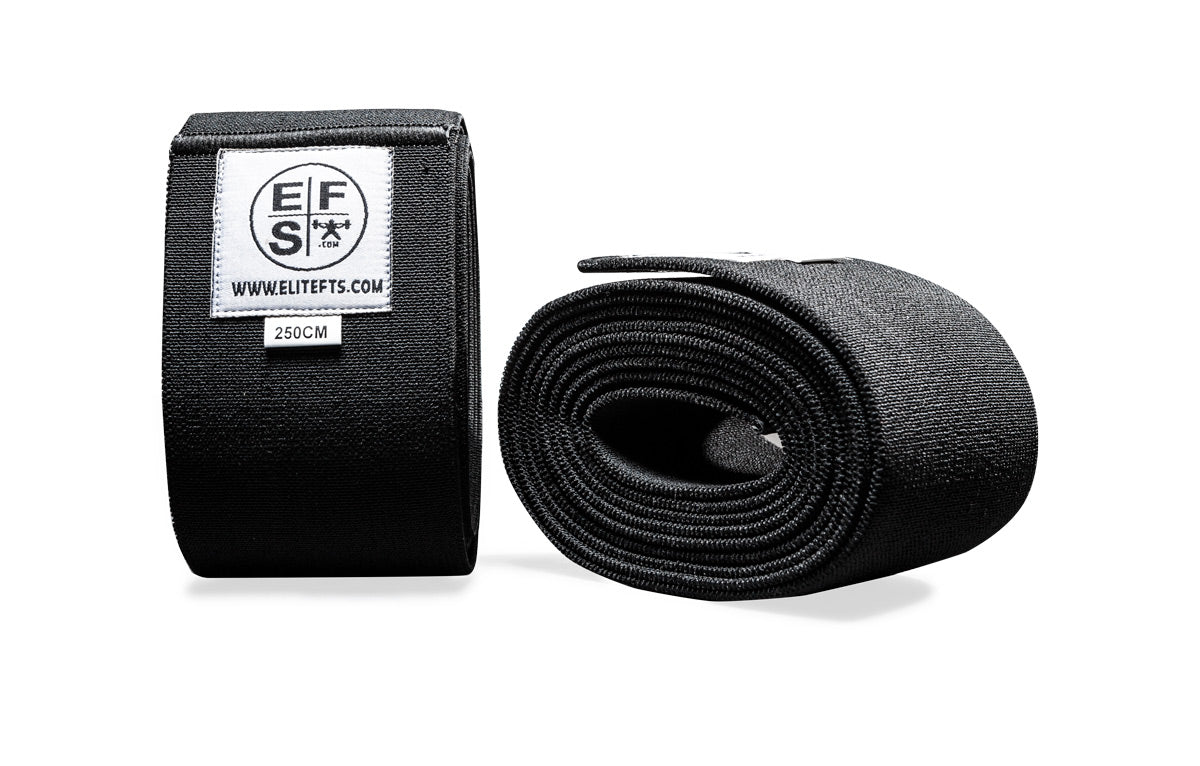Why do we treat our daughters as though they are significantly more fragile than our sons? Are we inadvertently conditioning them to be fearful? It's Monday morning and I'm late for work. In the car under the sweltering Dallas heat, I'm sweating through my dress shirt, which is always fun — having to deal with the walk of shame to my office, wondering how bad it looks. Is this little trickle noticeable? Unfortunately, my sweat volume appears to coincide with my training volume. Well, that and a generous dollop of general work anxiety. What can I say? I'm a metabolic furnace. If additional sweating is a consequence of feeling strong(er), I’ll deal with it.When I worked as a firefighter, I was often scared. Of course I was. So were the men. But fear wasn’t a reason to quit. I put my fear where it belonged, behind my feelings of focus, confidence and courage. Then I headed, with my crew, into the burning building. — Caroline Paul
RELATED: Behind the Eyes of An Athlete
I'm listening to a podcast in the car, which is my norm. If you've read
How Joe Rogan Saved my Life—possibly the worst reviewed elitefts column of all time—you're somewhat aware of my affinity for podcasts. Only this time it's not Rogan. I happened upon a Tim Ferriss cast in which his guest was Caroline Paul. Regarding Ferriss, my personal jury is still out; I’m not sure what to think of him, but I was intrigued by this particular podcast’s title: How to Overcome Fear – Lessons from Firefighter and Luger, Caroline Paul. Perhaps it would help me better deal with some of my own challenges? We all want to be better versions of ourselves; don’t we? Caroline Paul grew up in Connecticut. She graduated from Stanford University where she studied Communications and in 1989 became a San Francisco firefighter. As one of the first women in the department (15 female firefighters to ~1,500 males), it was particularly challenging for Caroline to fly under the radar, not only because she was female, but compounding the matter, her identical twin sister, Alexandra Paul, is an actress and was a former star of the television series Baywatch.2 Caroline is now a writer. She’s written about her thirteen-year career in fighting fire, where she detailed how being in a fire made her happy and performing emergency medical work kept her intrigued. She attributes these experiences to making her a better and stronger person.2 Most recently, Caroline authored The Gutsy Girl—Escapades for Your Life of Epic Adventure, a book that encourages our younger female generation to “conquer fears, face challenges, and pursue the lives they want—lives of confidence, self-reliance, friendship, and fun.”2 During the podcast, Caroline referred to her recent New York Times Editorial “Why Do We Teach Girls that it’s Cute to Be Scared?”in which she addressed the tendency of parents to caution their daughters more about danger than they do their sons. Studies suggest parents are more likely to assist their daughters with difficult tasks while concurrently imparting the need for courage, bravery, and the necessity to push-through obstacles to their sons. According to one study in the Journal of Pediatric Psychology, parents are four times more likely to advise girls (versus boys) to be more careful after relatively mild mishaps.1 This study points to an uncomfortable truth: we tend to think our daughters are more fragile (both physically and emotionally) than our sons. Caroline wrote her book “The Gutsy Girl” as an antidote for what she sees as the acculturation of our girls to be fearful. Parents caution their daughters way more than their sons. Be careful; that is dangerous and you’re going to get hurt. With boys, there is an active encouragement despite the possibility of getting hurt — guiding the son to do it, often on his own. With daughters, the parents are much more likely to help them complete a challenging task.3 Caroline suggests we are telling girls that they are both fragile and they need our help. We are inadvertently promoting an early paradigm of fear for our daughters. “We must chuck the insidious language of fear (Be careful! That’s too scary!) and instead use the same terms we offer boys, of bravery and resilience. We need to embolden girls to master skills that at first appear difficult, even dangerous. And it’s not cute when a 10-year-old girl screeches, 'I’m too scared.'”1 Caroline’s words forced me to examine whether or not we were erring in this same way with my own daughter and not just from the standpoint of acculturating fear, but our handling of body issues and other societal areas our daughter must contend with.

We Must've Done Something Right
During my daughter’s first lacrosse season in Texas, I remember watching her sprint down the field with the ball, actually holding the stick in one hand and directing her teammates with gestures using her free hand, motioning them where to run to receive the pass. I recall thinking, where did all her confidence stem from? All of my children are better athletically equipped than my wife and I were, yet I’d never seen any of them assume the helm of a team the way she had. Caroline suggests the fear conditioning in young girls begins early. While studies have shown that physical activity is tied to girls’ self-esteem, parents oftentimes warn girls away from doing anything that involves more than a hint or risk.1 I believe having two older brothers really helped my daughter in her physical and mental development. There was always a sense that she was trying to keep pace with them, pushing herself to either go as fast as they could or to be as athletic as they were. I’m sure there are dozens of incidents, but I can think of one that specifically illustrates my point.MORE: The Mythos of Training Female Athletes
While in Connecticut, we lived on a corner lot and the street to the left of my house (Eastwood Road) was a fairly steep hill. The kids used to pump their scooters up the hill Flintstone’s style until they reached the apex. Then they would turn and hop on those Razors for the real ride, coasting at dangerous speeds, ultimately pulling into our driveway and hopping off into a sprint to slow the momentum. I think my daughter was three-years-old the first time she joined the boys in this endeavor. My wife and I watched from the driveway. I believe I was holding my breath; I was so apprehensive watching her, but I couldn’t let her see it. After one of her several runs, she briefly lost control of the scooter and spilled forward onto her hands and knees at the bottom of the hill in front of us and our driveway. She peered up at us for a moment, if only to gauge our reactions (perhaps to determine her own appropriate reaction). We didn’t freak out. In fact, we didn’t react at all. Nothing. In less than a second, she hopped up, brushed off her skinned hands, and grabbed the scooter. Off for another run. We had set the tone. You can do it. Pick yourself up. Mom and Dad aren’t going to baby you. [gallery ids="https://www.elitefts.com/wp/wp-content/uploads/2016/06/Girl-Power-6-scaled.jpg|,https://www.elitefts.com/wp/wp-content/uploads/2016/06/Girl-Power-4-e1464880086552-scaled.jpeg|,https://www.elitefts.com/wp/wp-content/uploads/2016/06/Girl-Power-5-e1464880100930-scaled.jpg|"]
Body Image Issues and Training
My daughter became concerned with her weight at a very young age; probably around nine-years-old. She’s an incredibly powerful and athletic little girl and she carries a lot of muscle. On the lacrosse field, I’ve seen other athletes bounce off her, as she drops her shoulder and aggressively moves toward the goal for a score. She’s twelve and when we wrestle she’ll manhandle me if I don’t provide sufficient effort. I look at this beautiful young woman, my daughter, and think, "I can't believe you're already worried about this nonsense." I briefly mentioned the following incident in a previous article, but the story is worth repeating. One evening I walked into my master bathroom to discover my younger son and daughter using the scale my wife and I usually keep stowed away in a closet. I arrived just as my daughter was reading her weight. I could immediately sense she wasn’t pleased with the number, so I quickly did what any father would do. I brushed her aside and stepped on the scale myself. The digital readout said ERROR. “Are you serious? Error?” My daughter questioned, looking up at me, a hint of a smirk working its way across her pretty mug. Remember, the only reason I was on the scale in the first place was to get her off of it. “Hold on a minute,” I said. I was laughing. “Let me step on that thing again.” I waited for the machine to reset, and I stepped on. Both my children were prepared to have a tremendous amount of fun at my expense. On the second attempt, the malicious scale snickered. 299.4. My daughter looked up with an expression of disbelief. She wasn't sure whether she should laugh or not. “Are you serious?” she asked. Am I serious? Listen sister, you’re the one that put me in this pickle. “Hold on. Hold on. Let's try this again,” I said. “I think these are really heavy jeans.” I stepped on for my third and final attempt and the scale chortled. 299.3. “You weigh 300 pounds,” my son exclaimed, doubling over with laughter. “You weigh 300 pounds!” “I'm telling you these clothes are really heavy,” I said with a smile of my own. I knew I’d successfully distracted my daughter from her concern, albeit only temporarily. I knew the issue would raise its ugly head again. Unfortunately, many young girls have body issues with which to contend. They become overly concerned with what the scale reads, with little regard for body composition. Additional bodyweight comes packaged with appreciable gains in muscle. I’m desperately trying to steer my daughter away from the scale mentality, away from the ongoing obsession with body size, but much of the time it feels like an uphill battle. When my wife and I discuss body composition with our daughter we try to convey that fat is a normal and healthy part of our bodies. It’s challenging because the idea that “fat” is something a normal person doesn’t want to be is ingrained in our collective psyche.4 My daughter wants me to train her (weight/resistance training), yet whenever I do, she inevitably becomes angry with me. “You’re not training me like you train the boys!” She says. “I’m not training you like I train the boys because you’re twelve-years-old,” I say. “I’m not training you like a girl, I’m training you like a twelve-year-old. When your brothers were twelve, we were doing the same things.” Despite my daughter’s early criticisms, we’re going to continue down the path because I’m convinced strength training is a tremendous tool for resolving body issues (or at least keeping the wolves at bay) while concurrently helping her maintain a high level of confidence.
Strength Training Can Be A Useful Tool
In recent years, there has been a tremendous proliferation in the number of females engaging in resistance training. We can debate the causes, but the bottom line is that many of the taboos associated with training and frankly much of the misinformation (e.g., training makes women masculine and/or training makes women too bulky) has finally been debunked. Every day additional medical studies surface to scientifically support the numerous benefits of training. Caroline Paul alluded to the studies that have shown physical activity is tied to girls’ self-esteem, in that participating in physical activity, particularly for sport, helps increase self-esteem. Through my own experiences in training female athletes, I’ve found resistance training to be particularly empowering. In addition, young trainees receive the added benefit of strengthening bones, muscle, and connective tissue. The reality is that having more strength can also make the demands of daily life more reasonable. Circling back to daughters and the acculturation of fear, it’s perfectly understandable that many parents would experience mild trepidation at the thought of involving their daughters in resistance training. It’s also perfectly normal for there to be some fear on the part of the female trainee, not knowing what to expect, not knowing how much she can do and/or how far she is able to push herself. There can also be the general fears associated with entering into a new and unfamiliar situation. To help combat these fears, let me offer the following recommendations:Start her in a group setting.
I have long extolled the virtues of group training(read: Hawaiian Pizza, Baseball, and Group Training), but typically in the context of healthy competition in a synergistic environment. An additional benefit is that entering into a training environment with a team or with a good group of friends may help reduce anxiety. We trained a small group of young athletes in Beast where we predominantly worked on speed and agility. The trainees were eleven and twelve-year-old boys. They had so much fun working to get faster they never wanted to miss a session and often lamented that sessions ended too soon when they were over.
Find her a great trainer.
You can probably secure a motivated trainer at a cost of less than your monthly cable television bill (trust me, your daughter and her self-esteem is a far superior investment). My advice is to try and find a referral so ask your friends and/or coaches. You can also check with your local High School or search on the National Strength and Conditioning Association’s web page (NSCA) to find a certified trainer in your area.Make sure she's comfortable in the setting.
I’ve never babied a female athlete in the gym; some I have even pushed harder than their male counterparts and they’ve put the boys to shame. That said, it is important you ensure your daughter is comfortable in the setting in which she is training. You’ll inevitably handle most of this matter by grabbing the right trainer at the start, but be sure to keep a dialogue going to confirm she’s comfortable with the environment.She's not going to start with heavy iron.
Provided you’ve found a trainer worth his/her salt, they’re not going to start your daughter with intense modalities from the jump. Most of the initial training should involve body weight exercises (e.g., free squats, simple push-ups, assisted pull-ups, and core work) and an assessment of what your daughter can handle, including her weak areas, and how she is able to hold positions. It’s called progressive resistance training for a reason! Resistance training is only one vehicle; there are countless others. As challenging it can be, because we love our daughters so much; try to remember and enforce that they are not fragile. If we put them in challenging situations and empower them to take calculated risks their lives can be extraordinary. Help them foster attitudes of courage and encourage them to break through barriers with a natural enthusiasm.References
- Paul, Caroline. (2016, February 20). Why Do We Teach Girls that it’s Cute to Be Scared? Retrieved May 14, 2016, from
http://www.nytimes.com/2016/02/21/opinion/sunday/why-do-we-teach-girls-that-its-cute-to-be-scared.html?_r=0 - Paul, Caroline. Webpage -
http://www.carolinepaul.com/about.htm - Ferriss, Tim. (2016, April 5). How to Overcome Fear – Lessons from Firefighter and Luger, Caroline Paul. Retrieved May 14, 2016, from
http://fourhourworkweek.com/2016/04/05/caroline-paul/ - Brown, Erin. (2016). Help! My Daughter Thinks She's Fat! - Girls Gone Strong. Retrieved May 17, 2016, from
https://www.girlsgonestrong.com/blog/confidence/body-image-children/












































































































